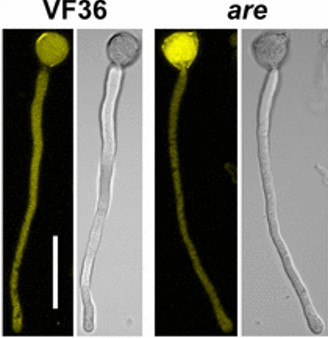
A key role for flavanols in the promotion of pollen success (PNAS) ($)
Plant Science Research WeeklyThe reproductive success of angiosperms relies on the fertilization of the female gametophyte (egg sac) by pollen that travels long-distances in the pistil. Previous studies suggest a role for phenylpropanoid-related metabolites (flavonoids and anthocyanins) in controlling pollen growth and fertilization,…
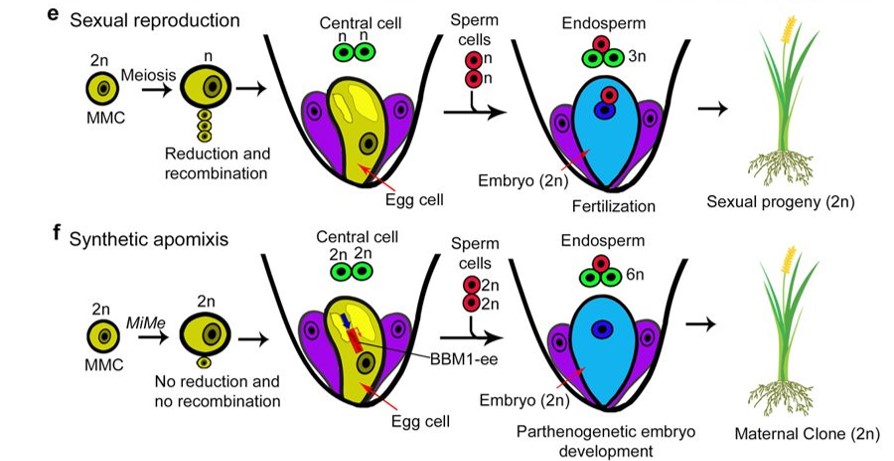
Synthetic apomixis: Asexual propagation through seeds (Nature) ($)
Plant Science Research WeeklySexual reproduction mixes up genes and provides genetically diverse progeny, key for survival and fodder for evolution. Sexual reproduction is detrimental to the propagation of hybrid crops though, as mixing up the genes leads to progeny that will be inferior to the hybrid parent. Khanday et al. have…

Self Control: SLF Proteins are Essential for Preventing Self-Fertilization in Petunia
Blog, The Plant Cell, The Plant Cell: In BriefA pollen grain lands on a stigma, swells with water, and sprouts a pollen tube, which races through the style to deliver sperm to the ovule below. When the pollen arises from the flower itself, this process often stops in its tracks. Self-incompatibility (SI) between pollen and pistil promotes outcrossing…
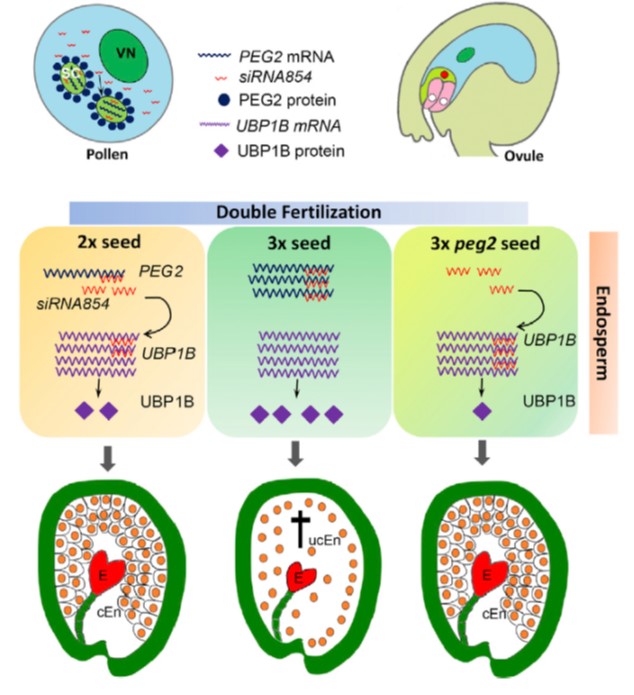
The imprinted gene PEG2 acts as a sponge for the transposon-derived siRNA854, inducing postzygotic reproductive isolation (Devel. Cell)
Plant Science Research WeeklyClosely related species that have different numbers of chromosomes (e.g., 2n versus 4n) are reproductively isolated, and this can arise as a consequence of an unbalancing in the expression levels of maternally- and paternally-imprinted genes. Wang et al. have identified a fascinating mechanism that explains…
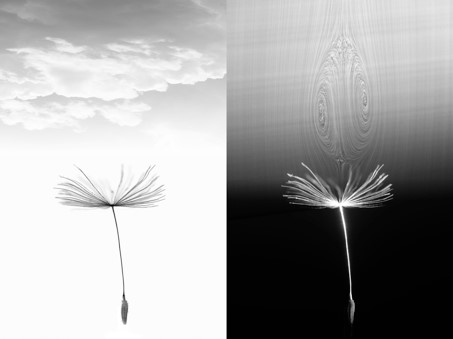
A separated vortex ring underlies the flight of the dandelion ($) (Nature)
BlogDandelions, perennial herbs from temperate zones, have the capacity to spread their seeds through wind for distances as far as 1 km. Ignazio Maria Viola and Naomi Nakayama with their team endeavored to understand this passive flight mechanism. They analyzed the flight mechanism of the dandelion by characterizing…
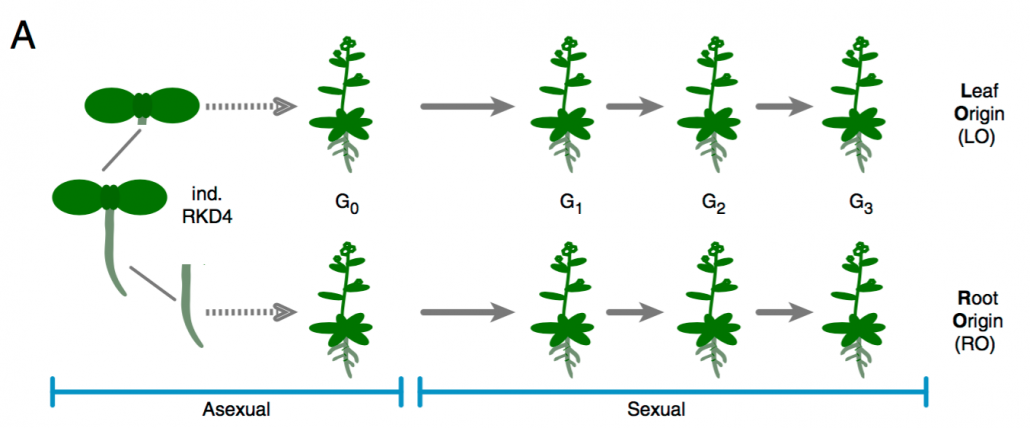
Heritable phenotypic variation due to partial maintenance of organ-specific epigenetic marks during asexual reproduction ($) (PNAS)
Plant Science Research WeeklyClonal propagation is widely used by humans to maintain and propagate desirable phenotypic traits in plants. Despite a restricted genetic variety, phenotypical difference, known a somaclonal variation, arises sometimes between parents and the clonally propagated progeny. Some of this variability is attributed…
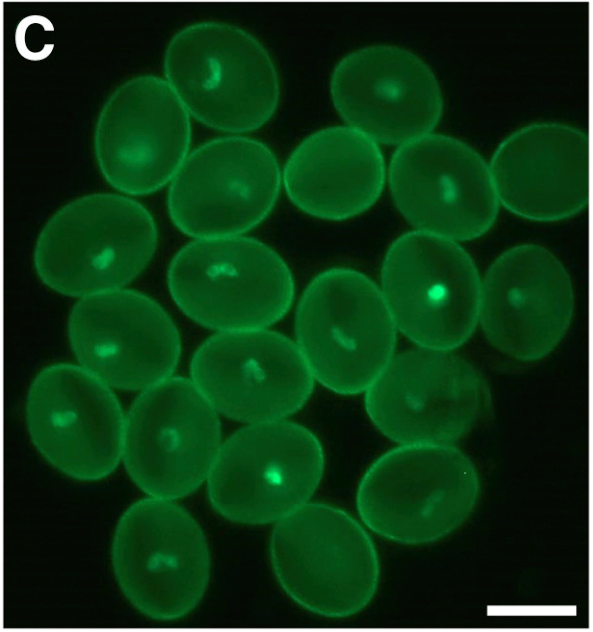
Postzygotic reproductive isolation via sequestration of a transposon-derived siRNA ($) (Devel. Cell)
Plant Science Research WeeklyHybridization of plants with distinct chromosome number often results in seed development defects due to a phenomenon known as the triploid block. While this is triggered by the unbalanced expression of some paternally and maternally imprinted alleles, the molecular basis of the triploid block is not…

Flowering time in the real world (Nature Plants)
Plant Science Research WeeklyThere are pros and cons to growing plants in controlled conditions. On the one hand, controlling light, temperature, humidity and other environmental factors should aid reproducibility between experiments and labs. But what if the conditions used profoundly and unexpectedly affect the process you are…
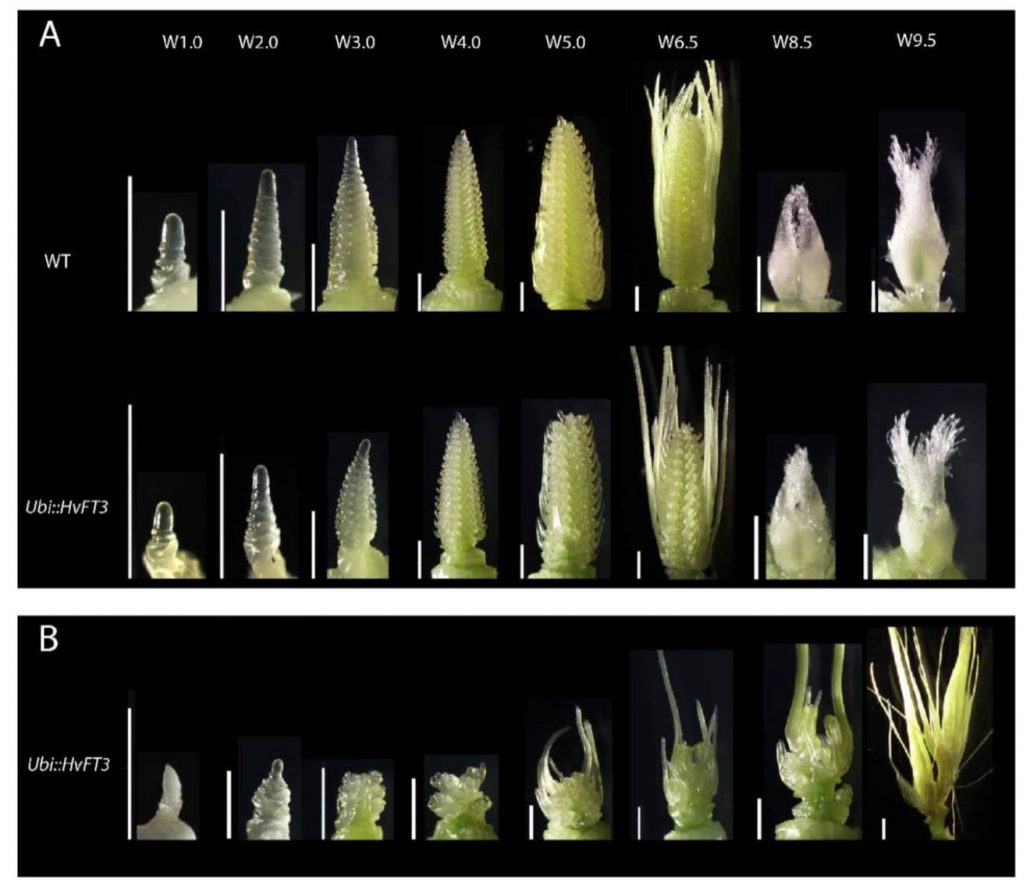
FLOWERING LOCUS T3 controls spikelet initiation but not floral development (Plant Physiol)
Plant Science Research WeeklyFT encodes a mobile protein that carries a flower-promoting signal to the shoot apical meristem. In most plants, the FT gene has duplicated and diversified. Mulki et al. investigated the function of FT3 (HvFT3) in barley. Prior work showed that overexpression of HvFT1 accellerated the initiation and…

